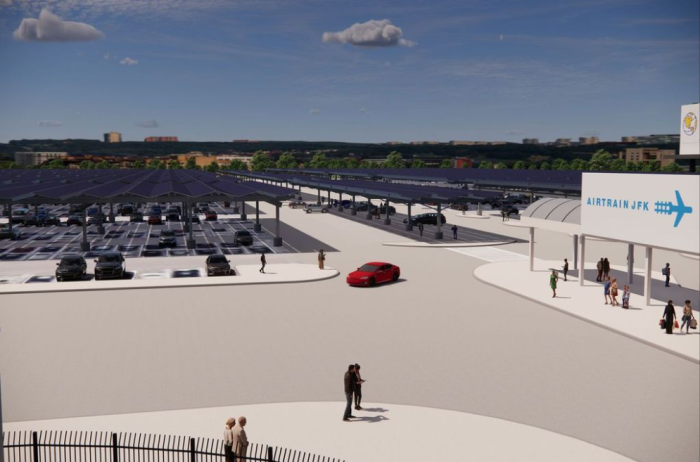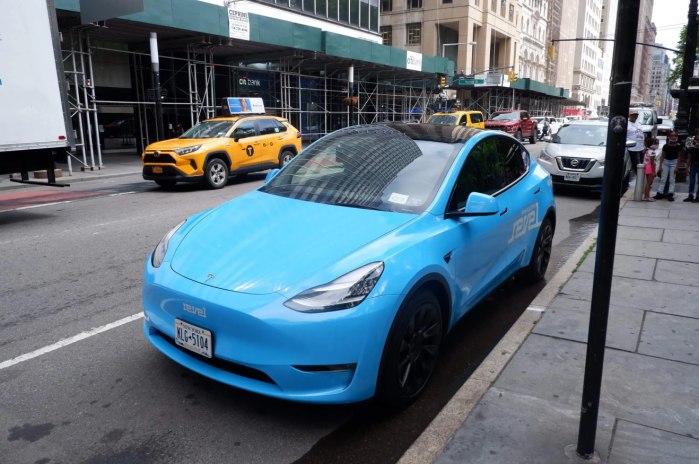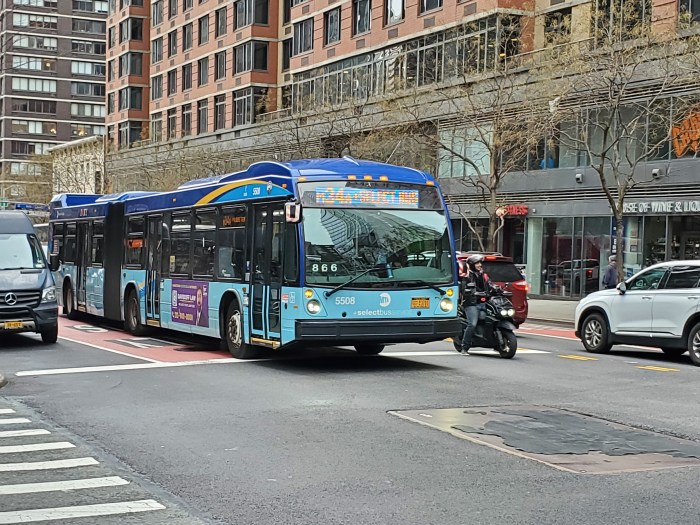In just three months, yellow and green taxi trips plunged by about 3.7 million in Manhattan while Uber rides spiked by more than 4 million, according to an analysis.
The app company saw its trips rise significantly in every borough, even on Staten Island. But the sharpest rise was in Manhattan’s central business district, which includes neighborhoods like Midtown and TriBeCa.
Between April and June 2015, compared with the same months in 2014, Uber added about 3.81 million rides in that area over the year before — while cabs fell 3.83 million, according to a report by statistic analysis website FiveThirtyEight.com
Brooklyn passengers can hail the victory of having more service on both the Uber and taxi front. Uber had an increase of 1.12 million trips in the borough compared to the same period last year, and there were almost 300,000 more yellow and green cab trips.
Bronx, Queens, and Staten Islanders riders also added almost a million new rides, largely through Uber.
“Uber’s fastest growing areas continue to be communities outside Manhattan, where yellow cabs have traditionally refused to go,” said Uber spokesman Matt Wing. “Our goal is to create transportation as reliable as running water for New Yorkers everywhere.”
Upper Manhattan — unlike central and lower Manhattan — saw an increase of overall taxi trips by about 145,000. Green cabs, which were added in 2013, can only pick up street hails in the outer-boroughs and upper Manhattan.
On the far West Side, near the Hudson Yards development, Uber also added about 112,000 trips. It was unclear if it would lose any pickups now that a new subway station has opened on 34th Street and 11th Avenue. Cab trips declined in the area during the same period.
The city is studying the impact of the growth of the for-hire vehicle industry, whichhas seen a spike in black cars that work for apps like Uber.
“Market forces continually mold and re-mold industries every day, and it will be very interesting to see how the new generation of taxi apps changes the dynamic,” said Taxi and Limousine Commission spokesman Allan Fromberg.
Over the summer, Mayor Bill de Blasio’s administration initially proposed capping Uber because of concerns over congestion.
The cap was shelved when Uber agreed to give the city more data for a traffic study and not exceed its current growth rate.
The cap faced significant opposition, including Gov. Andrew Cuomo and the city comptroller.

















